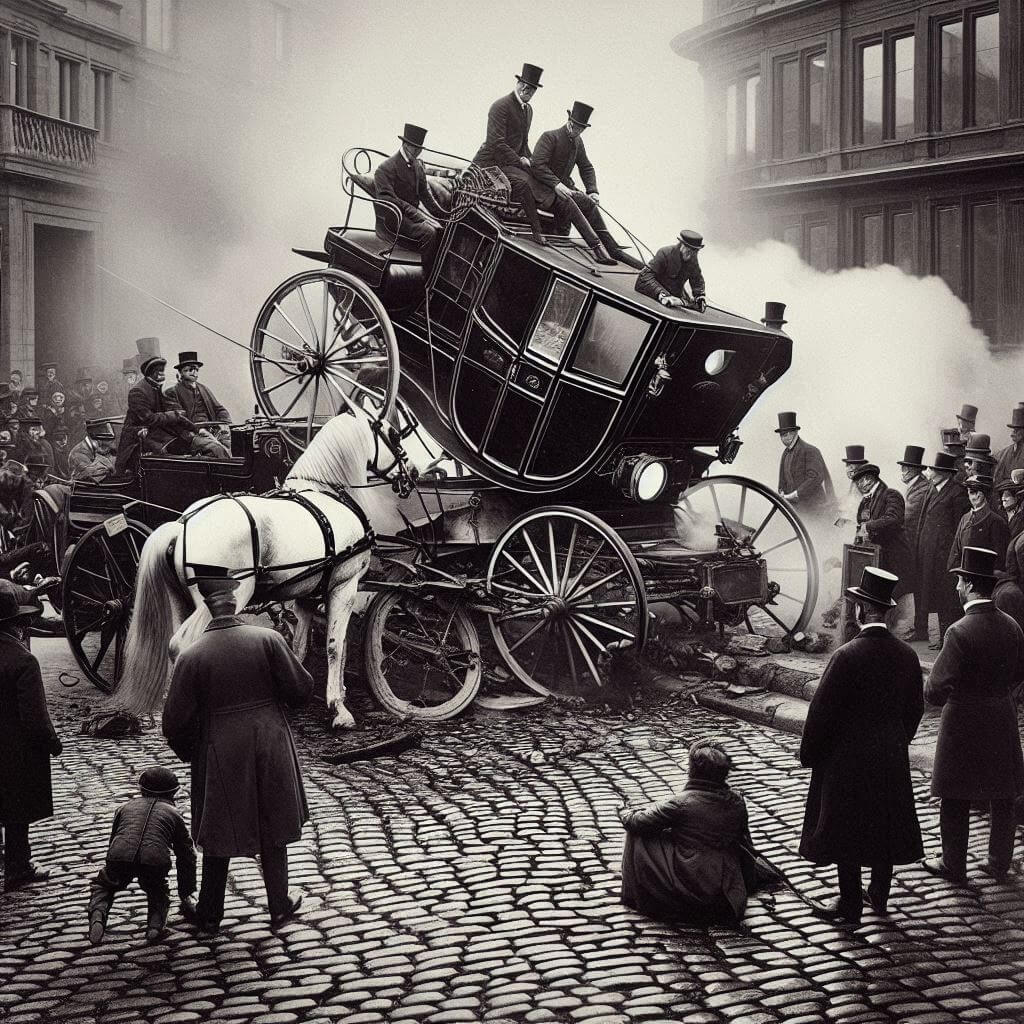The Dawn of the Automobile: Understanding the First Car Crash

The invention of the automobile revolutionized transportation, shaping societies, economies, and infrastructures around the globe. However, with the advent of motor vehicles came the inevitable challenges and consequences associated with their use, including accidents. This article delves into the history of the first car crash, examining its context, details, implications, and legacy.
Contents
The Birth of the Automobile
1.1 The Early Innovators
The history of the automobile dates back to the late 19th century when inventors started creating self-propelled vehicles. Key figures in this evolution included Karl Benz, who built the first practical automobile in 1885; Henry Ford, known for revolutionizing mass production; and numerous other inventors who contributed various innovations.
1.2 Rapid Proliferation of Motor Vehicles
By the early 20th century, automobiles began to proliferate, notably in Europe and the United States. The invention of assembly lines made cars affordable and accessible to a broader population, leading to significant changes in travel dynamics and urban planning.
The First Recorded Car Crash
2.1 The Date and Context
The first recorded car crash occurred on September 13, 1891, in Ohio City, Ohio. A man named Jacob German, driving a gasoline-powered vehicle, became the individual at the center of this historic moment.
2.2 A Closer Look at the Incident
While driving his Benz vehicle, German reportedly lost control and crashed into a lamppost. Although it may seem trivial by today’s standards, this incident marked the earliest documented case of a car accident involving a motor vehicle. The crash did not result in serious injuries, but it underscored the beginnings of a new era characterized by the merging of man, machine, and the complexities of navigating shared spaces.
Factors Leading to Car Accidents
3.1 The Nature of Early Automobiles
Early automobiles were often slow, cumbersome, and required skilled operators. The limited technology and rudimentary controls contributed to a learning curve that led to various incidents, including the first crash, as drivers adapted to this new mode of transport.
3.2 Road Infrastructure
At the time of the first car crash, the roads were primarily designed for horse-drawn carriages. The lack of clear rules, proper signage, and adequate roadway design meant that vehicles and pedestrians operated in a chaotic environment, leading to a higher risk of accidents.
3.3 Public Attitudes and Regulations
Public perception of automobiles ranged from fascination to fear. There was little regulation or understanding of safe driving practices, which contributed to a lack of accountability and care among early motorists.
The Impact of the First Car Crash
4.1 Shaping Traffic Regulations
This incident served as a catalyst for discussions around road safety and traffic regulations. The need for traffic laws, driver licensing, and vehicle standards became increasingly evident as automobile ownership grew.
4.2 Cultural Reflections
The first recorded car crash reflected broader societal shifts, illustrating human dependence and adaptation to technology. Media coverage of the incident contributed to public discourse around automobiles, leading to changing attitudes over time.
The Evolution of Automotive Safety
5.1 Advances in Vehicle Design
From the first car crash onward, automotive engineering has made remarkable strides in safety features, including seat belts, airbags, crumple zones, and anti-lock braking systems.
5.2 The Role of Legislation
Governments worldwide have enacted various laws to enhance road safety, such as speed limits, DUI regulations, mandatory seat belt usage, and stricter penalties for reckless driving. Such measures aim to decrease the incidence of car accidents and enhance public safety.
5.3 Innovative Technologies
The development of modern technologies, including advanced driver-assistance systems (ADAS) and autonomous vehicles, aims to significantly reduce or eliminate the occurrence of accidents in the future, evolving from lessons learned in the past.
The first recorded car crash represents a pivotal moment in automotive history, symbolizing the intersection of innovation and responsibility. It laid the foundation for a future where safety and technology continue to evolve hand in hand. As we navigate the complexities of modern transportation, reflecting on this initial accident reminds us of the importance of safety and innovation in mitigating risks associated with automotive travel. Understanding our history can help shape a safer future on the roads for generations to come.


